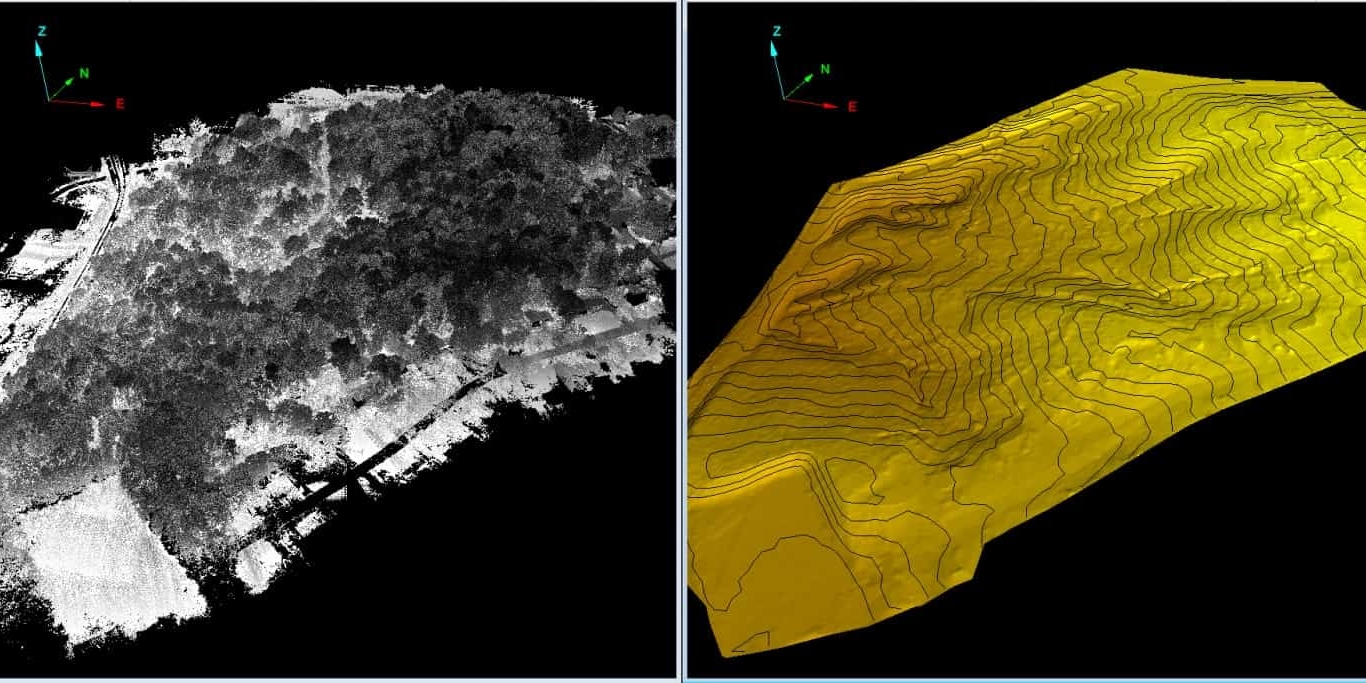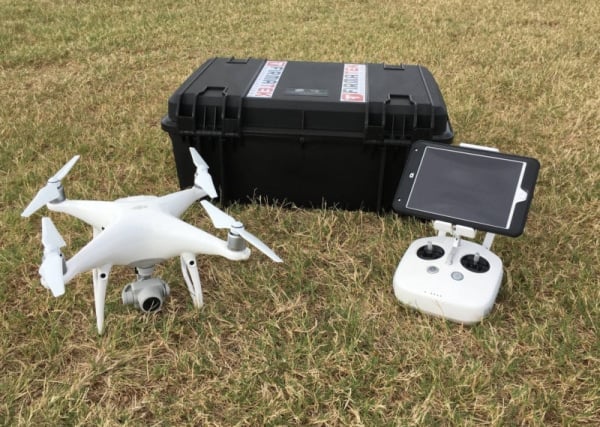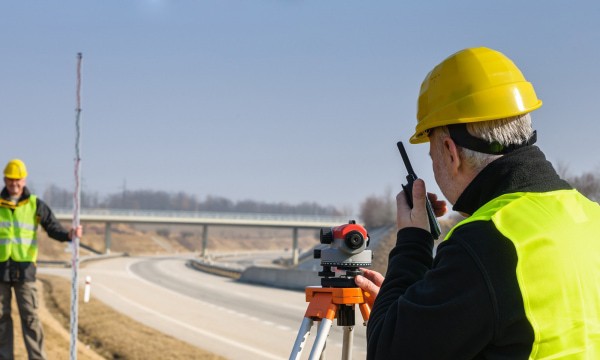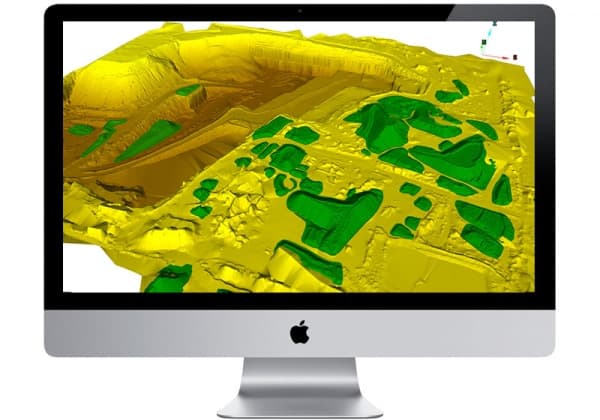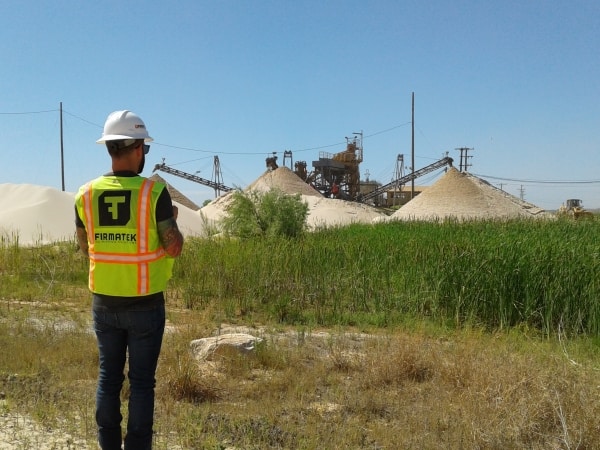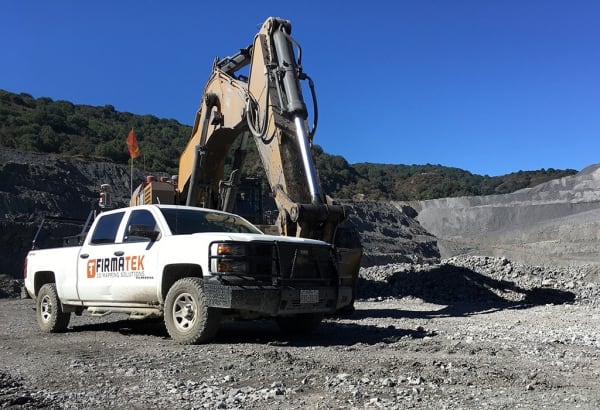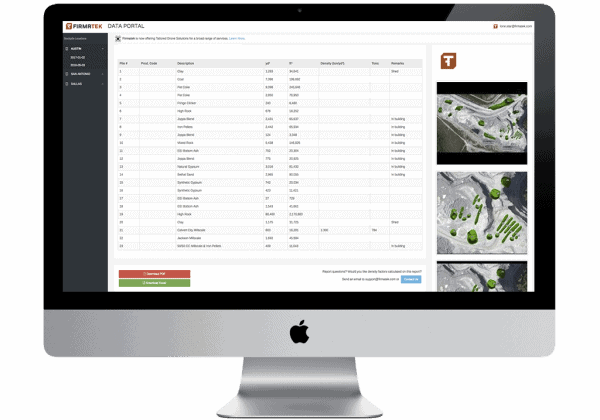It’s not about the drone or the software platform, what really matters is business intelligence.
-Lauren Elmore, President of Firmatek
As drone and related software technology have continued to advance over the last several years, the focus has largely been on those tools. And that’s what they are: tools. There are a wider range of drones that can collect good quality data. Some of them are extremely complex and expensive, and they have a variety of sensors from Lidar to cameras to thermal. Others are fairly inexpensive, and with the right procedures, they get the job done as well. The same is true on the software sides. Some software and software platforms are expensive and include lots of bells and whistles, while others just give basic information.
With so many options, and more every year being developed, how do you choose? Do you choose to buy access to a platform? Do you choose to buy your own drone? Do you outsource it all? Do you internalize it all? Do you do some combination of all these things? What is the best technology to implement? How will you keep up with it?
These are all good questions. But they are missing a key point. Why do you actually want a drone or a software platform? So often we start with the “what” when we really need to start with the “why.” Hopefully, your answer to that involves getting insights and improving your business intelligence. We believe that your ever-changing environments have dramatic impacts on the success of your operation and your ability to make decisions. You need more than just data to improve your operation and make more informed decisions. Having really cool, fancy tools doesn’t actually give you more than data. They are just tools. But something needs to happen after you get information in order for it to actually make a positive impact on your operation and organization.
At Firmatek, we talk a lot about providing insights to our clients. We want to give you more than just another data point. We work with clients to help them understand the data and the insights that they receive from us. Collecting and processing data is getting easier and easier as technology advances, but something still has to be done with that data. We need to take it and turn it into something that you can use. That’s why we do more than give you a volume number. We help you see changes over time, know what you have left in your reserves, and how much inventory you have on the ground.
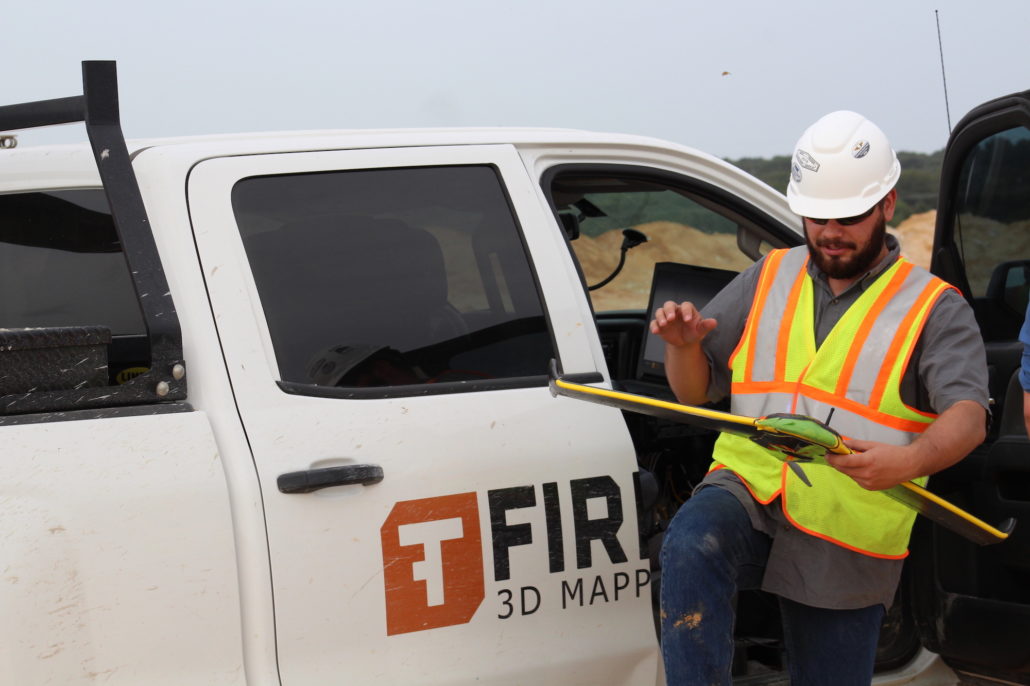
However, the next step is up to you. You have to take the insights and use them in your business. We have seen clients with the insights to transform their business at their fingertips, yet not use them. One client recently changed behavior from just receiving the insights to putting them to work. He drastically improved his operation by choosing to take the insights we were providing him and use them to improve his level of understanding of the operations and update his decision-making.
This particular client had been writing off around $3 million a year in inventory across his area. While he had been doing some measurement of the inventory – once or twice a year – he had not been doing much management of the inventory. Measurement is just data. Management occurs when you take the data, analyze it, get insights from it, and then apply those insights.
The client started doing more frequent measurements, but more importantly, he started using the insights to increase his business intelligence. Then, he started changing the way he was operating.
He ended up writing off less than $175,000 this year, making the area profitable for the first time in over 10 years.
There’s a difference between measurement and management. Frequent measurements help improve your inventory management, but it is important to apply the insights and make changes to your operation in order to improve profitability. When you do that, you can see impressive improvements in operational efficiencies and profitability.
All these tools that we have today make it much easier to get the insights you need to improve your operational efficiencies and make your operation more profitable. But the tool itself will not solve your problems. You need to get more than data from your tools. You need to use the insights that you receive.
It’s about your business intelligence. It’s about using that business intelligence in your operation. That is what is going to make the difference for you.

